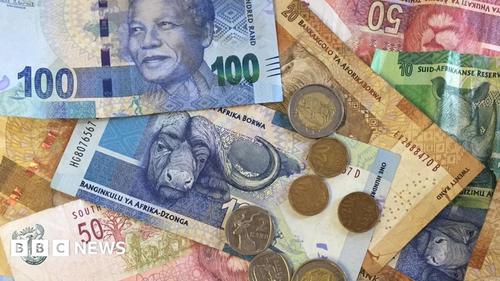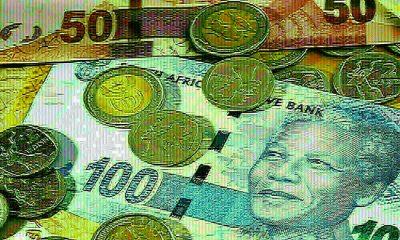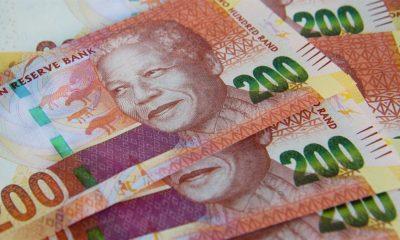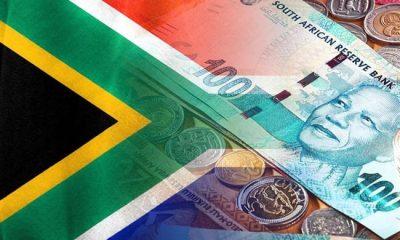Business
Rand Hits Seven-Month Low Amid Strong Dollar and Weak Domestic Data

The South African rand has fallen to a seven-month low, pressured by a stronger dollar and disappointing domestic economic data.
As of Thursday, 9 January 2025, the rand was trading at:
- R18.93 to the US dollar
- R23.31 to the British pound
- R19.53 to the euro
The decline highlights ongoing challenges for South Africa’s economy, which is grappling with sluggish growth and investor uncertainty.
Global Factors: The Dollar’s Strength
The US dollar’s buoyancy continues to weigh heavily on emerging market currencies, including the rand. A combination of robust US economic indicators and expectations of sustained monetary tightening by the Federal Reserve has strengthened the greenback.
This strength reduces the appeal of riskier assets like the rand, contributing to its depreciation.
Local Pressures Amplify Decline
In addition to global factors, domestic economic challenges are further eroding confidence in the rand. Recent data has painted a bleak picture for South Africa’s economy:
- Disappointing GDP growth figures.
- Persistent power outages from Eskom, affecting productivity.
- Rising concerns over fiscal sustainability and government debt.
These issues have deterred foreign investors, adding downward pressure on the currency.
Oil Prices and Inflation Concerns
Brent crude oil prices are currently trading at $76.05 per barrel, a level that could have mixed implications for South Africa. While relatively stable oil prices might provide some relief for inflation, the weak rand could offset these gains by increasing import costs.
Outlook for the Rand
Analysts expect the rand to remain under pressure in the short term, with recovery dependent on several factors, including:
- Improvement in local economic data.
- Stabilization of global markets.
- Clarity on South Africa’s energy and fiscal policies.
Market participants will also keep a close eye on upcoming announcements from the South African Reserve Bank regarding interest rate adjustments.
What This Means for South Africans
A weaker rand affects consumers directly, as the cost of imported goods rises, further exacerbating inflationary pressures. Businesses relying on imported raw materials or machinery may also face higher costs, impacting their bottom line.



























